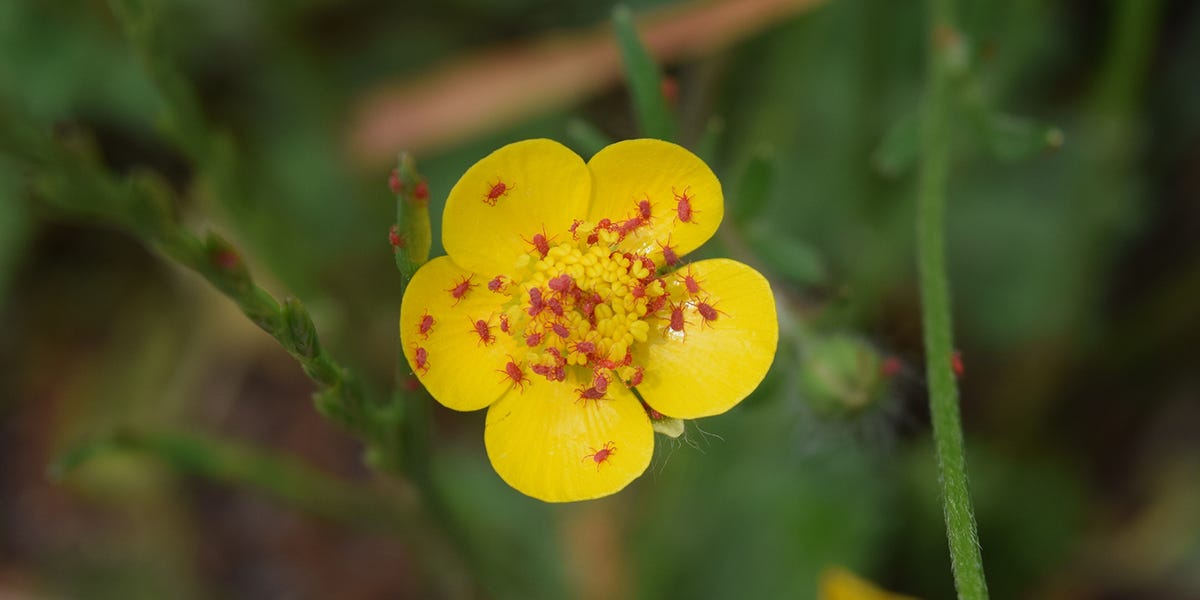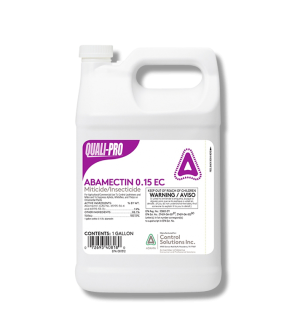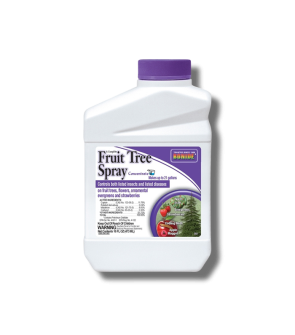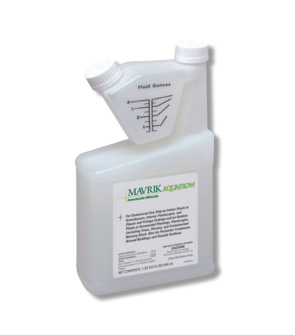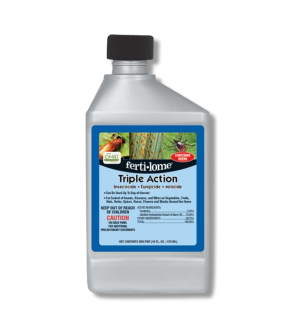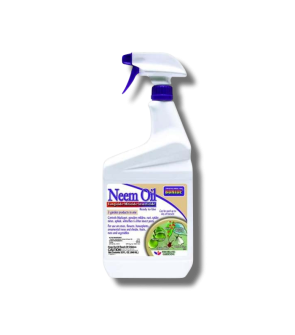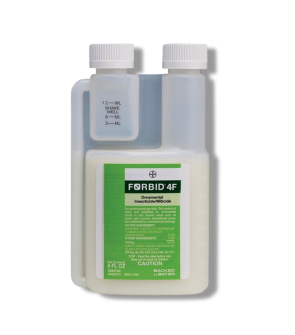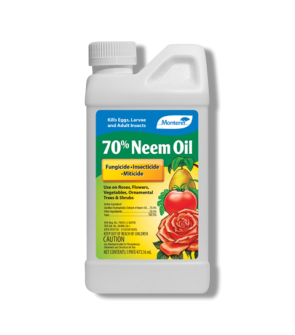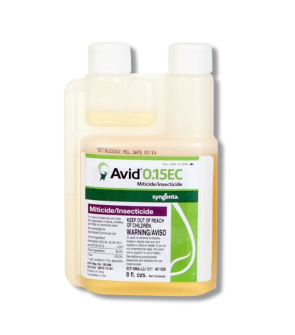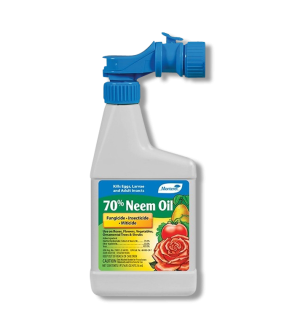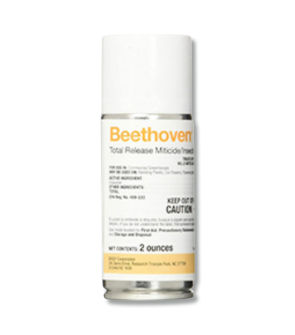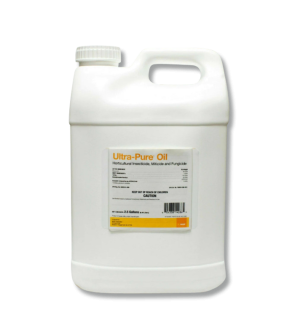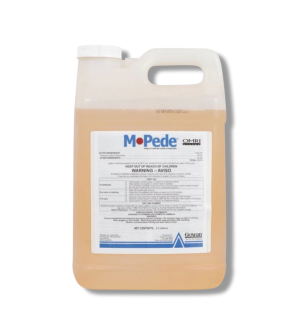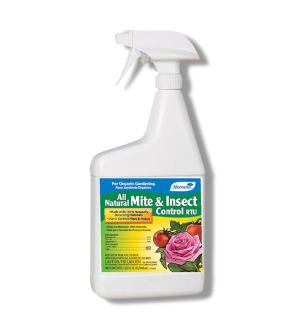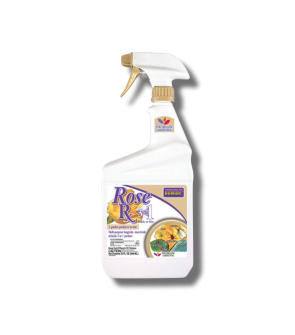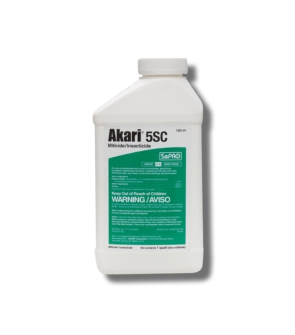Miticides
Miticides

A miticide is a chemical insecticide that specifically targets mites that harbor ornamental plants such as spider mites. Miticides come in spray concentrate form and contain powerful active ingredients which result in a quick knockdown and fast kill.
Depending on the mite type, a miticide may very quickly eliminate a mite infestation on an ornamental plant. There are even some miticides that can kill not just the adult stage of mites but the larval and egg stage as well. Newer miticide products have made improvements on older formulations by delivering better residual control.
Miticides are very easy to use. By simply mixing a miticide with water in a handheld sprayer according to label direction, you can then spray the solution onto the infested plant to attack the mites either via contact or a residual effect.
Shop our top recommended non-selective herbicides below. If you need help selecting the right miticide or would like more information on applying the product properly, our experienced pest experts will be more than happy to help you. Contact us via email at askapro@solutionsstores.com, call us at 1(800) 479-6583 or chat with us live on our website.
Our Recommendations
Abamectin .15EC Miticide - Abamectin .15 EC is made by Quali-Pro is an effective miticide that delivers long-lasting control of plant-eating insects. Abamectin .15 EC works through contact to keep mites, aphids, thrips, and whiteflies off of your plants and ornamentals.
We recommend this miticide because it is effective against various types of mite infestations while at the same time being safe and harmless to the plant that it is sprayed upon.
Miticides usually differ in the mites they target and how quickly they deliver results. Before selecting a product it is important to know what type of mites are infesting a plant. While there are miticides that carry a broad-spectrum label, these pesticides may also harm beneficial non-target insects which might come into contact with the product.
A routine application of mineral oil spray can also be used alternatively or in conjunction with a pesticide to help control these tiny pests. This will also be the product of choice on fruit and vegetable plants suffering from this pest.
User Guide
Tools Needed
- Pump Sprayer
- Selected Miticide
PPE
- Chemical Resistant Gloves
- Dust / Mist Mask
- Safety Glasses
Step 1: Mix up the Miticide

Make sure that you always read and follow the label instructions for proper mix and usage rates. A pump sprayer is the preferred piece of equipment to use because it will help you get more precise control.
Start by measuring the square footage of the area you will be treating to determine how much miticide you will need. You can do this by multiplying the length times width. After you have the square feet to be treated, divide by 1,000 to get the number of finished gallons of spray you will need to use. For example, if you have 3,000 sq.ft. to treat you will need (3,000/1,000) 3 gallons of solution.
Abamectin .15EC Miticide can be mixed between 4 to 8 ounces per gallon of water depending on the type of insect you are looking to control. Mix the required amount of chemical with water in your sprayer. Shake well to ensure the product is properly agitated and mixed then you are ready to apply.
Step 2: Apply the Miticide

With your PPE on, begin spraying the target area where the mites are infesting making sure to keep the sprayer close but not to close you get adequate coverage. Completely cover foliage just before the point of run off. If spraying a tree, treat stems and trunks up to 10 feet from the ground. You can use a coarse spray, drench, or broadcast.
Pay particular attention to the undersides of leaves where mites like to hide and build their webs. This is especially important with contact miticides where the product must come in direct contact with the mite to kill it.
Step 3: Reapply As Needed
Check back after a few days to see how much is left of the infestation. It could be likely that the infestation of mites is gone or there are some lingerers. Another follow-up application may be necessary if there is a sizable population. Once you no longer see any more mites, you do not need to spray further.
Things To Consider
- Buy miticide at the right size and mix only what is needed for an application so there isn’t extra left behind. You may be penalized because it is illegal to pour leftover miticide down the drain or onto the soil, and you can’t discard containers of miticide in the garbage.
- Store all miticides in its original packaging and out of the reach of children.
Key Takeaways
- Miticides are a chemical product designed to totally kill a mite infestation while doing no harm to the plants being infested.
- Simply mix your selected miticide in a pump sprayer and apply liberally to the infested plant. Our top recommended miticide is Abamectin 0.15EC Miticide.
- Don’t forget to spray the underside of leaves as this is where most mites may be hiding.
